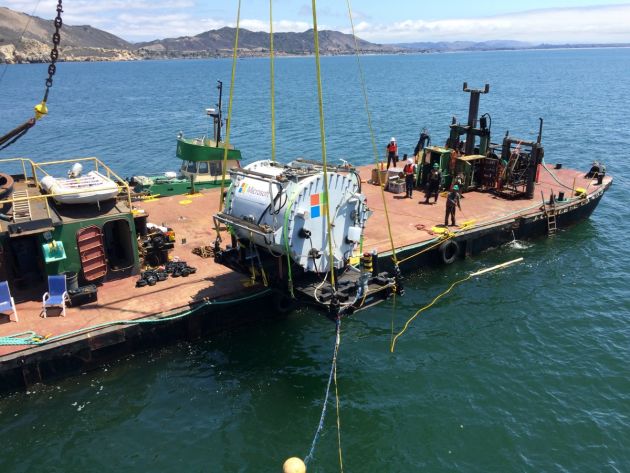Microsoft Research tests underwater datacenters

Microsoft is taking on a new project that involves submerging data centers under the ocean. Called Project Natick, a prototype data center that they have tested has resulted to be viable. In fact, it takes out the added cost for cooling system.
According to Amigo Bulls, the prototype of Project Natick, which is made of 38,000-pound steel capsule, just ended its 105-days trial period in Central California at 30 feet below sea level. It was monitored from Redmond.
Data centers are storage spaces or facilities that power the World Wide Web. Since it is an infrastructure that operates almost non-stop, it produces so much heat that it needs to have a cooling system so as not to overheat these facilities. It doubles the cost of energy and doubles the use of energy.
Microsoft Research project manager Ben Cutler's team used science and engineering for this particular project. However, beside the challenge of finding ways to eliminate the cooling systems in data centers, another challenge for this particular concept is the people.
Despite so much technological advancements, datacenters are still operated by people. People are equated to an additional space. Especially in the case of the submerged datacenters, people need oxygen, a comfortable environment, and light.
So Cutler's team chose to focus their research on datacenters that doesn't demand constant, hands-on supervision—"a very simple place to house the datacenter, very compact and completely self-sustaining."
So far, their test project is located no too far from the shore, so they can still connect an electrical grid. But since it is submerged underwater, they thought of using the waves and tides as a source of power through hydrokinetic energy. Not only is the cooling cost slashed out, but it can also draw power with the use of renewable ocean energy.
According to Microsoft, "That's one of the big advantages of the underwater datacenter scheme – reducing latency by closing the distance to populations and thereby speeding data transmission."